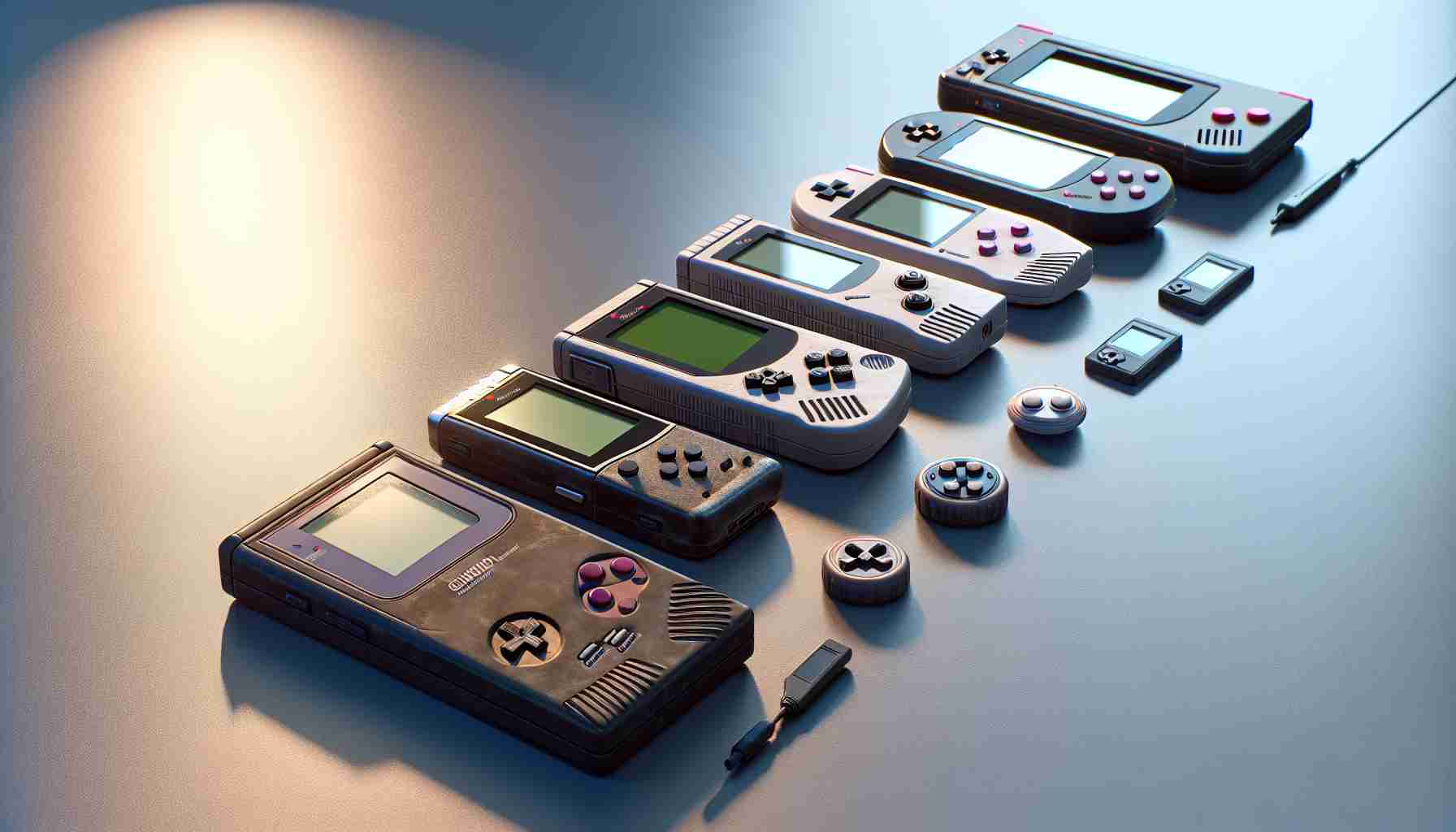Atari has long been a trailblazer in the gaming industry, and its venture into handheld devices demonstrates this spirit. Emerging in 1989, the Atari Lynx set the standard as the first color handheld console, boasting features like a backlit screen and 16-bit graphics. Despite these advancements, challenges such as high pricing and a short battery life hampered its widespread success.
Fast forward to the mid-2010s, Atari partnered with AtGames to introduce the Atari Flashback Portable. This device catered to nostalgic gamers by offering pre-loaded classic Atari 2600 games along with modern perks, including SD card support and a rechargeable battery.
In recent innovations, the Atari 50 Pocket Player Pro emerged through a collaboration with My Arcade. Priced at $39.99, this compact device features 100 built-in games and a vibrant 2.75-inch screen, appealing to retro enthusiasts with its convenience.
Looking to the future, Atari is preparing to launch the Gamestation Go at CES 2025. While specific details remain limited, this forthcoming handheld aims to carve its niche in the competitive portable market. Key features hint at a unique design with an integrated trackpad and number pad, setting it apart from competitors.
Atari’s continuous evolution encapsulates its dedication to merging nostalgia with modern technology, ensuring its lasting presence in the gaming landscape.
The Future of Handheld Gaming: Atari’s Next Move
Atari has long been a pioneer in the gaming industry, with its venture into handheld devices demonstrating a commitment to innovation. The company made history in 1989 with the launch of the Atari Lynx, which was recognized as the first color handheld console. It featured advanced capabilities such as a backlit screen and 16-bit graphics, yet struggled to achieve commercial success due to high pricing and a short battery life.
In the mid-2010s, Atari partnered with AtGames to launch the Atari Flashback Portable. This device appealed to nostalgic gamers by including classic Atari 2600 games alongside modern features like SD card support and a rechargeable battery.
Recently, the Atari 50 Pocket Player Pro was introduced through a collaboration with My Arcade. Priced at $39.99, this portable console showcases 100 built-in games and features a vibrant 2.75-inch screen, appealing to retro game enthusiasts with its blend of convenience and nostalgia.
Looking ahead, Atari is gearing up for the release of the Gamestation Go at CES 2025. While details remain scarce, this upcoming handheld aims to stand out in the competitive gaming market. Early indications suggest it will feature a distinctive design with an integrated trackpad and number pad, setting the stage for a new type of handheld experience.
Features and Specifications of Upcoming Devices
– Atari Lynx:
– Color display
– Backlit screen
– 16-bit graphics
– Drawback: High price and poor battery life
– Atari Flashback Portable:
– Pre-loaded Atari 2600 games
– SD card support
– Rechargeable battery
– Atari 50 Pocket Player Pro:
– 100 built-in games
– 2.75-inch vibrant screen
– Affordable price of $39.99
– Gamestation Go (Expected):
– Unique design
– Integrated trackpad and number pad
– Launching in January 2025 at CES
Pros and Cons of Atari’s Handheld Consoles
Pros:
– Strong focus on nostalgia appealing to older gamers.
– Continuous innovation with recent portable offerings.
– Affordable price points for new devices.
Cons:
– Past challenges with product pricing and battery life.
– Competition from other established handheld brands.
Trends and Innovations in Handheld Gaming
– Nostalgia Marketing: Leveraging retro games to attract both old and new gamers.
– Technological Integration: Featuring modern-day capabilities such as rechargeable batteries and add-on support through SD cards.
– Competitive Design: Upcoming devices like the Gamestation Go aim to introduce cutting-edge features to differentiate from competitors.
Market Insights and Predictions
The handheld gaming market is expected to see significant growth as players seek portable solutions alongside robust gaming experiences. Atari’s strategic partnerships and innovative designs will likely capture renewed interest in a segment traditionally dominated by larger tech companies.
For more insights on Atari’s gaming evolution and upcoming products, visit the official Atari website.
In conclusion, Atari’s ongoing journey in the handheld gaming industry illustrates its dedication to blending nostalgia with modern technology, ensuring it remains relevant in a constantly evolving market.
